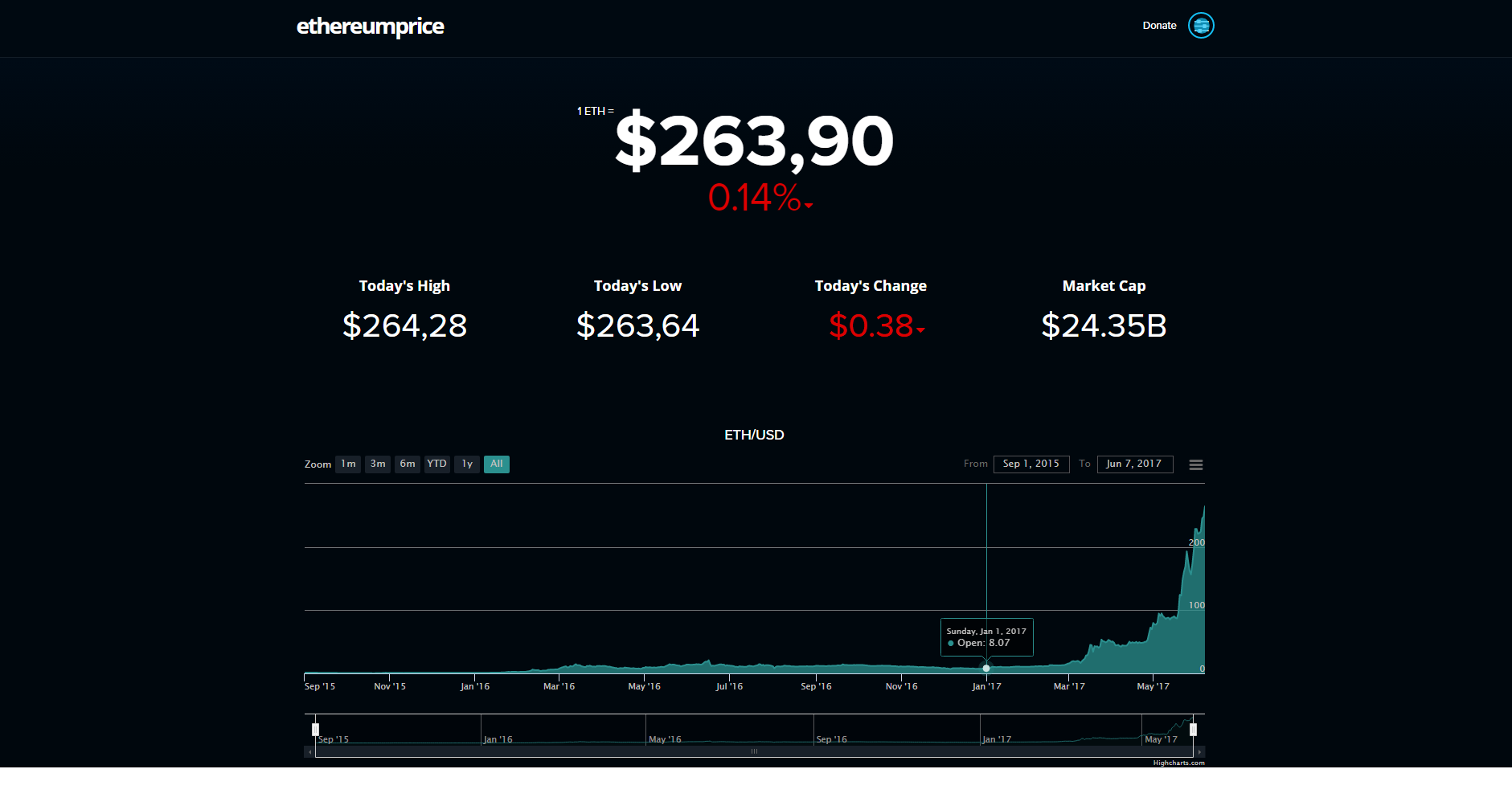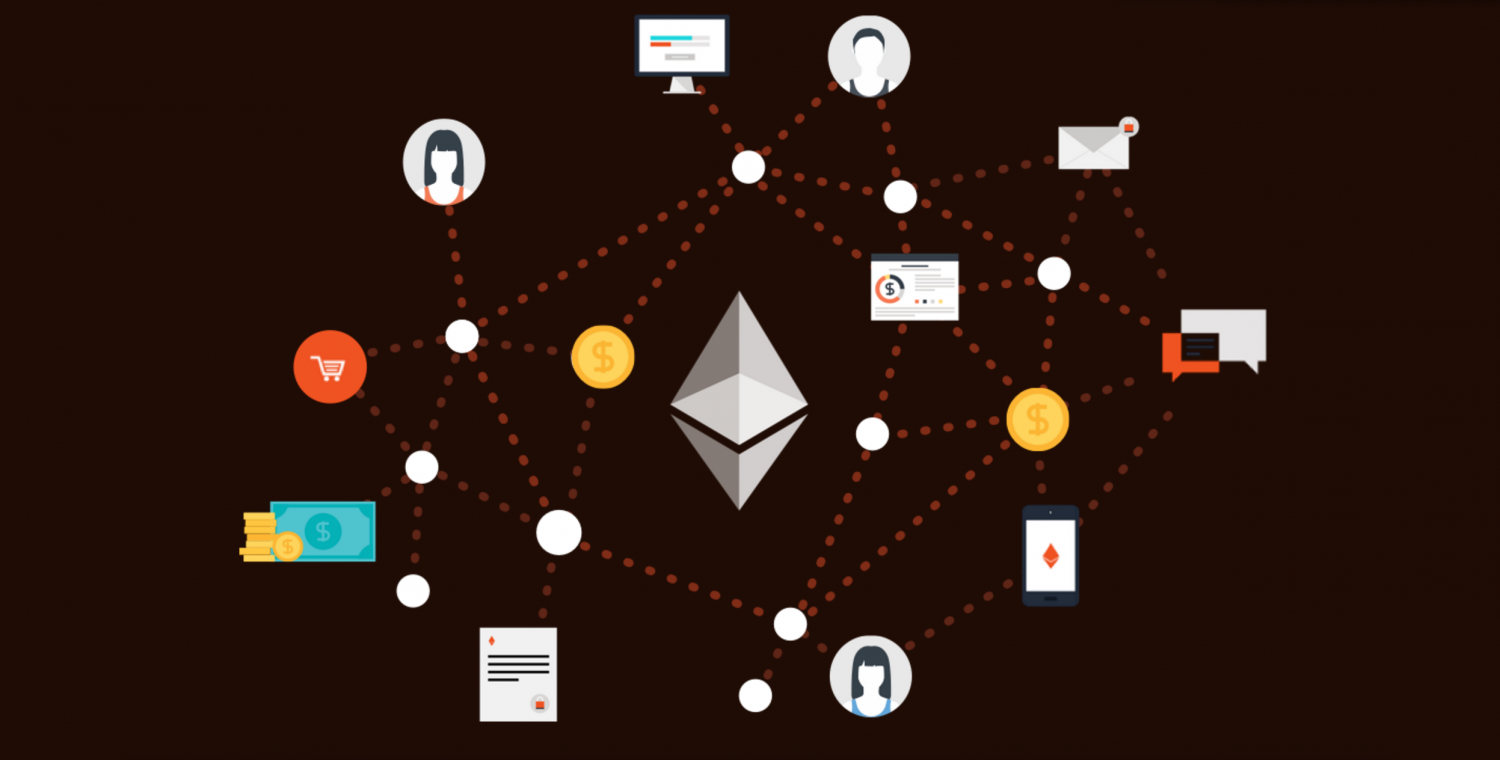The last year we remember the rallying cry of 'Code is Law' and ended the year with the whimper of 'Legally Enforceable Smart Contracts', thanks to a $100m experiment called The DAO that broke the faith of the millions of true believers that worshipped the immutable public blockchain.
A leading systems integrator immediately followed with chameleon hashes and editable blockchains, to which the response of the blockchain developer community was at best mixed.
Then followed a series of hard forks and the mutiny of ethereum classic, leading many nurturing parent types to launch backyard barbecues to provide governance and many critical parent types to launch into moralizing speeches about the need for discipline amongst children.
As a business advisor, I am platform neutral, but as a developer, I am closing my year with tremendous respect and optimism for ethereum.
Unlike bitcoin (which takes pride in its value, but has taken two years to see SegWit in production), and unlike the emerging field of half-baked blockchains, the people in charge of ethereum are not afraid to make bold fixes and evolve the platform quickly, even at their financial peril.
At this stage of maturity, this willingness to change and fix is the sign of a community that puts the dream before the money, and honestly, that's exactly how we got to the transistors, the mobile phone, the Internet and just about anything that has made our world a better place.
It’s always the dream, not the dollars.
I suspect that in 2017, ethereum will go live with its own version of proof-of-stake, fix several of the known bugs in EVM, probably clean up the mushroom forest of tools and implementations and make something that can be useful in the computer world rather than only on a world computer.
On January 2017 was ONLY 8$ !! Now is x33 ! So is sure that this is only the start of an historical growth .

A disintermediating world
2017 is the year that the average person begins to understand that blockchains aren’t just an upgrade to our database and Internet, but rather tools to re-architect social, financial and political systems.
The key question asked will be, How much should we pay to trust each other?The key question asked will be, How much should we pay to trust each other?
Ethereum smart-contract blockchain systems will actuate near frictionless price discovery mechanisms for intermediation. Intermediaries like banks, accountants, notaries, custodians, trustees, and agents may have to begin to find higher value propositions for customers as the cost of trust will plummet. The macro net result should be of greater value to the counter-parties of a transaction and less value to the intermediary. Moreover, there will be anthropological research and writing on the value (or lack thereof) of the “middleman” in 2017 similar to the way Nobel laureate Ronald Coase explained efficiencies in “The Nature of The Firm.”
Moving beyond the Proof-of-Concept
2016 was mostly the year of the blockchain Proof-of-Concept (PoC). Executive boards across the world asked their CTOs, “What is a blockchain?” “How does blockchain technology affect their respective business models?” and “How can these hypotheses be tested?” 2017 will be the year of early-stage or small-production blockchain deployments. While the market saw production systems go into production in 2016, the early adopters will begin to go live in 2017, with critical masses beginning to go live in 2018. The winners in the blockchain space will understand how to splay certain use cases architected over permissioned, consortia, and public permissionless blockchain environments.
Decentralized Applications (DApps) roam free on the Ethereum Mainnet
Rome wasn’t built in a day and neither was agile blockchain software engineering.
DApp mania on the Ethereum mainnet will begin and the average user will finally be able to feel and see what Ethereum is and does. It will still be very early days and there will be drastic UX/UI work needed in the space. The Ethereum Genesis block was only created July 30th, 2015, and 2016 was a year where developers wrapped their heads around the new Ethereum coding language, Solidity. In 2017, we’ll begin to see the fruits of the community’s labor, which will be in the form of DApps on the Ethereum Mainnet. This will educate the mainstream on what Ethereum actually is via examples, and catalyze the use of ether to fuel each computational step and storage operation. Take a note from Apple’s historical timeline on the prevalence of traditional apps. Ethereum has just completed the equivalent to year 0.
Looking forward to Balanc3 Triple Entry Accounting, BenefactoryBoardRoom Blockchain Governance, Colony, DGX Gold, EtherLoan, EtheriscFileCoin, Gnosis Golem, OTONOMOS, SafeMarket, Singular DTV, Stabl, StatusUjo Music, and Virtue Poker WeiFund.

uPort solves for self-sovereign identity
Many of the aforementioned DAapps going live in 2017 will be anchored by self-sovereign Ethereum-based identity. While uPort may be construed as a DApp itself, I purposely give it an entire section of attention due to its foundational importance.
uPort users establish for themselves full control of their digital personal information (expressed as reputational attributes). This encrypted information may be selectively and granularly shared with targeted counterparties when the user deems it to his or her advantage.
The average user will finally be able to feel and see what Ethereum is and does.uPort will feature tight integration of RepSys, our multifaceted, multi-tiered reputation system, that enables people, organizations and things (devices or software) to attest to the conduct of their counterparties with respect to various kinds of transactions: buying/selling, lending/borrowing/repaying, collaborating on projects, gaming interactions, and data quality and reliability. uPort serves as a container for reputational attributes like email addresses, Facebook URLs or state issued ID.
Identity providers like governments, banks, and IT companies can cryptographically sign such attributes attesting to their validity using “reputational attestations.” The more than 2 billion people in the world who don’t have state-issued ID can have their community members attest to their personal information. Community members can essentially vouch for each other to enable one another to develop and use this bootstrapped persistent and portable reputation to, for example, obtain a microloan on a decentralized lending platform and grow a small livelihood from there. For access to financial services offered by financial institutions in different jurisdictions, institutions and users can make use of a KYC tool built on top of uPort and RepSys.
The more than 2 billion people in the world who don’t have state-issued ID can have their community members attest to their personal information. Community members can essentially vouch for each other to enable one another to develop and use this bootstrapped persistent and portable reputation to, for example, obtain a microloan on a decentralized lending platform and grow a small livelihood from there. For access to financial services offered by financial institutions in different jurisdictions, institutions and users can make use of a KYC tool built on top of uPort and RepSys.
Scalability will remain the holy grail of blockchain technology. The public blockchain with the most attainable and impactful scalability roadmap is Ethereum. Three simultaneously developing avenues for Ethereum scalability are state channels such as Raiden, Vlad Zamfir’s proof-of-stake solution, Casper, and Sharding.

Big pieces of the privacy puzzle come together
Many layers of the privacy onion will be pulled back and chewed on. In the context of private permissioned blockchain environments, products like BlockApps will continue to lead, so companies can spin up environments to scale their proofs-of-concept into full production cloud environments with a single click. Another important piece to the privacy puzzle is re-architecting Ethereum to optimize for private financial transactions, which is exactly what Jeff Wilcke and his EthLab team collaborating with JP Morgan accomplished with Quorum.
Ethereum switching to PoS :
when ethereum switches to PoS its price wil skyrocket
A successful implementation of POS will significantly increase the value of Ethereum as a technology.
The inflation will go down significantly, or be removed entirely.
So... my prediction ?
Ethereum is goin to make some big moves this year,I cant wait to see them happen,however at least 700$ untill the end of the year ,and to the beginning of 2018 will break the 1000$ wall .
Thank you !
